Join Cultural Samvaad’s WhatsApp community
Kumbh Mela – India’s ancient festival which has the distinction of being the largest human gathering on earth was inscribed in the UNESCO Intangible World Heritage List in 2017. It is held by rotation in 4 timeless cities of Bharat which are situated on the banks of holy rivers that have sustained them for millennia. The mokshdayini (मोक्षदायिनी – the One who liberates) Ganga at Haridwar; Triveni Sangam or the confluence of Ganga, Yamuna and the invisible Saraswati at Prayag; Kshipra at Ujjain or ancient Avanti and Godavari or Dakshin Ganga at Nasik are the focal points of these sacred celebrations of India’s sanatan dharma, her spirituality, her plural culture and her soul which is focused on the welfare of one and all.
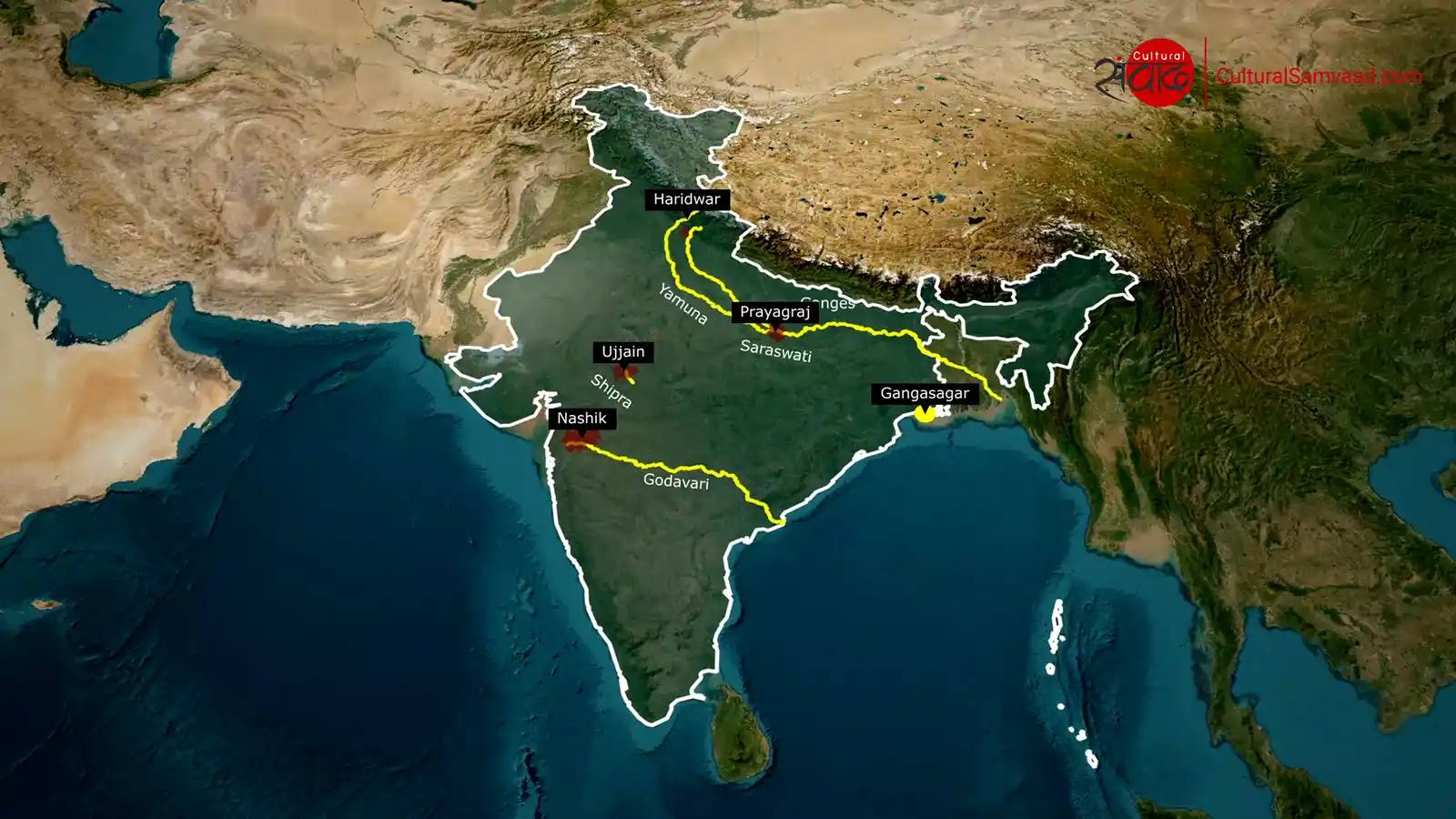
When and how did Kumbh Melas begin? Origin and History of the Kumbha Melas
The origin and history of Kumbh Mela has been discussed widely and researched endlessly. A summary of some of the main elements of the research are presented hereunder to help the reader understand the complex nature of the problem.
Vedic Antecedents
The word Kumbha (कुम्भ) means a pot and is found in the Vedic Samhitas in this context. Some scholars have made unconvincing attempts to link the antiquity of the Kumbha Melas to Vedic verses and hence, their opinions do not find many takers. They are nevertheless being produced here for reference.
जघान वृत्रं स्वधितिर्वनेव रुरोज पुरो अरदन्न सिन्धून् ।
बिभेद गिरिं नवभिन्न कुम्भभा गा इन्द्रो अकृणुत स्वयुग्भि: ॥ – ऋग्वेद १०.८९.७ | Rigveda 10.89.7
The verse from the Rigveda quoted above mentions the word kumbha. However, the context of the sukta leaves little doubt that it does not pertain to the Kumbha Mela.
चतुरः कुम्भांश्चतुर्धा ददामि। – अथर्ववेद ४.३४.७ | Atharvaveda 4.34.7
The verse quoted above is interpreted by some scholars as – ‘I give four pitchers, in four places (Haridwar, Prayag, Ujjain and Nasik).’ However, again the context does not seem to support the interpretation and the names of the places are not mentioned.
Antecedents from the Itihasa – Purana Tradition
Versions of the great story of the Samudra Manthan found in the Itihaas-Purana tradition are often told to explain the ahistorical origin of the ageless Kumbha Mela. A short version of the narrative is mentioned below.
Long, long ago, the devatas and asuras churned the ocean for amrit or the divine nectar that would make them immortal. Halahal or the deadly poison and innumerable ratnas emerged from the ocean. The churning continued till finally, Dhanvantari, the divine physician emerged with a kumbha of amrita. As expected, the devatas and asuras started arguing over the divine elixir. It is said that when they were fighting, drops of amrit fell over 4 places on earth – Haridwar, Prayaga, Ujjain and Nasik (also spelt Nashik). And hence even today, these divine teerthas host the Kumbha Melas and devotees take a dip in the holy waters which were once admixed with amrit.
Know more about the Samudra Manthan and its association with the Kumbh Mela
Historical Tradition
Beyond the narratives, some historians have unconvincingly commented that the assembly organised by Raja Harshawardhana at Prayag in the month of Magh during 643 CE which was attended by the Chinese pilgrim Xuanzang could be a reference to the Kumbh Mela. Tradition also inconclusively credits Adi Shankracharya for organising the Kumbha Mela at Prayag. Based on textual evidence, some preeminent scholars like Dr. D. P. Dubey and Dr. G. S. Ghurye have concluded that the crystallisation of the grand celebrations can be placed somewhere after the 12th century CE and that the Kumbha Mela at Haridwar seems to have earlier antiquity than the Kumbha Mela at Prayagraj.
Notwithstanding the seemingly late medieval dates, it should be noted that the Kumbha Mela as we know it today represents a kaleidoscopic syncreticism of manifold kathas, symbols and rituals of yore.
माघ मकरगत रबि जब होई। तीरथपतिहिं आव सब कोई।।
देव दनुज किंनर नर श्रेनी। सादर मज्जहिं सकल त्रिबेनीं।। – तुलसीदास : रामचरितमानस १.४४ | Tulsidas : Ramcharitmanas 1.44
Goswami Tulsidas (1511-1623) has referred to the Magh Mela at Prayagraj when the sun enters Makara rashi. It may be safely concluded from extant evidence that the Magh Mela at Prayagraj is an ancient tradition. It is still held every year at the Triveni Sangam and at some point in history, one of the occurrences based on planetary configurations began to be referred to as Kumbh Mela.
“There has been, from time immemorial, a mela at the confluence of the Ganges with its largest tributary, the Jamuna here in Allahabad…During the whole lunar month, which the Hindus call Magh……but whenever the Sun happens to leave the sign ‘waterpot’ within the month it is a far larger affair than usually. This happens once in every ten or twelve years, I hear; and then the mela is called “Kumbha Mela”. Kumbha being the Sanskrit for a waterpot. This year happens to be one of these occasional ones.”
– Reverend William Hopper in his essay titled ‘The Kumbha Mela at Allahabad’ dated 22-01-1882
When and where are Kumbh Melas held?
The extant traditions of determining the place, date and time of the Kumbha Melas are based on astronomical conjunctions of Jupiter or Brihaspati, the Sun and the Moon. They have been popularly though not incontrovertibly traced to the Skanda Purana. In general, but with a number of well-documented exceptions given the complex interplay of astrological belief systems, Purna Kumbha Melas are held after every 12 years at Haridwar, Prayag, Ujjain and Nasik by rotation. In addition, Haridwar and Prayag host the Ardha Kumbha every six years. As per some traditions which do not seem to have enough references, Prayag hosts the Mahakumbha once in 144 years when a cycle of 12 Purna Kumbhas is concluded.
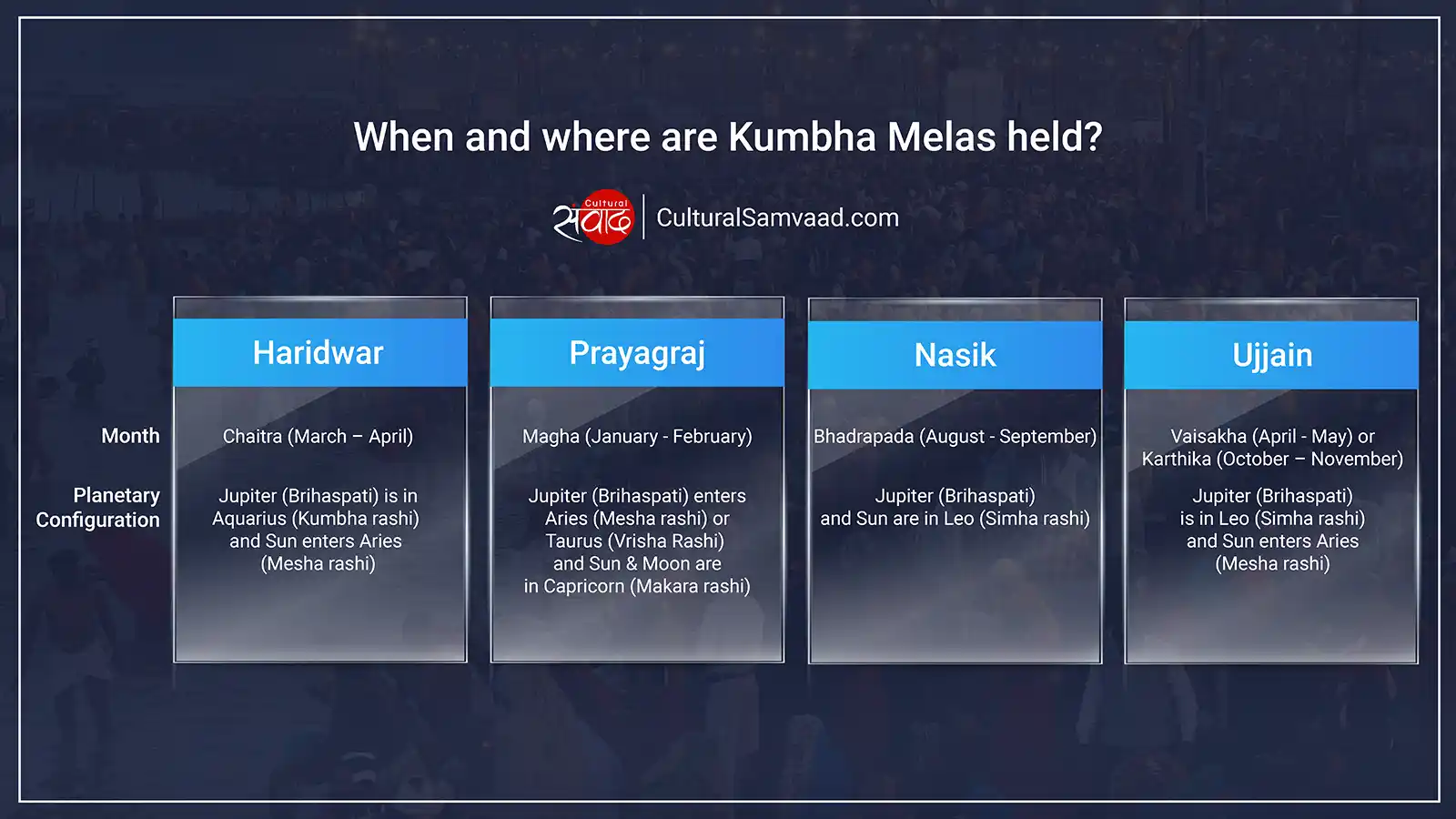
Who are the ascetics who visit Kumbh Melas?
The timeless Kumbha melas perhaps also witness the greatest congregations of innumerable sadhus and sadhvis, sants and sanyasis who are otherwise engrossed in their quest for unison with the parabrahma. The melas are inextricably linked to the 13 recognised Akharas (अखाड़ा) which are time honoured orders of sadhus and sanyasis who are equipped not only with spiritual faculties but also with weapons and arms. There are 7 Shaiva akharas, 3 Vaishanava Akharas, 2 Udasin Akharas and 1 Sikh Akhara. While historically, there have been a few documented struggles among these Akharas at Kumbha melas, they have collectively played an important role in preserving India’s heritage and the sanatan dharma. One of the highlights of the Kumbha melas are the magnificent and awe-inspiring processions of the Akharas also referred to as Peshvaais (पेशवाई) where devotees get a chance to witness their grandeur. As one beholds the ascetics who are engaged in austerities that are beyond the wherewithal of lay human beings, one cannot but be filled with reverence and spirituality.
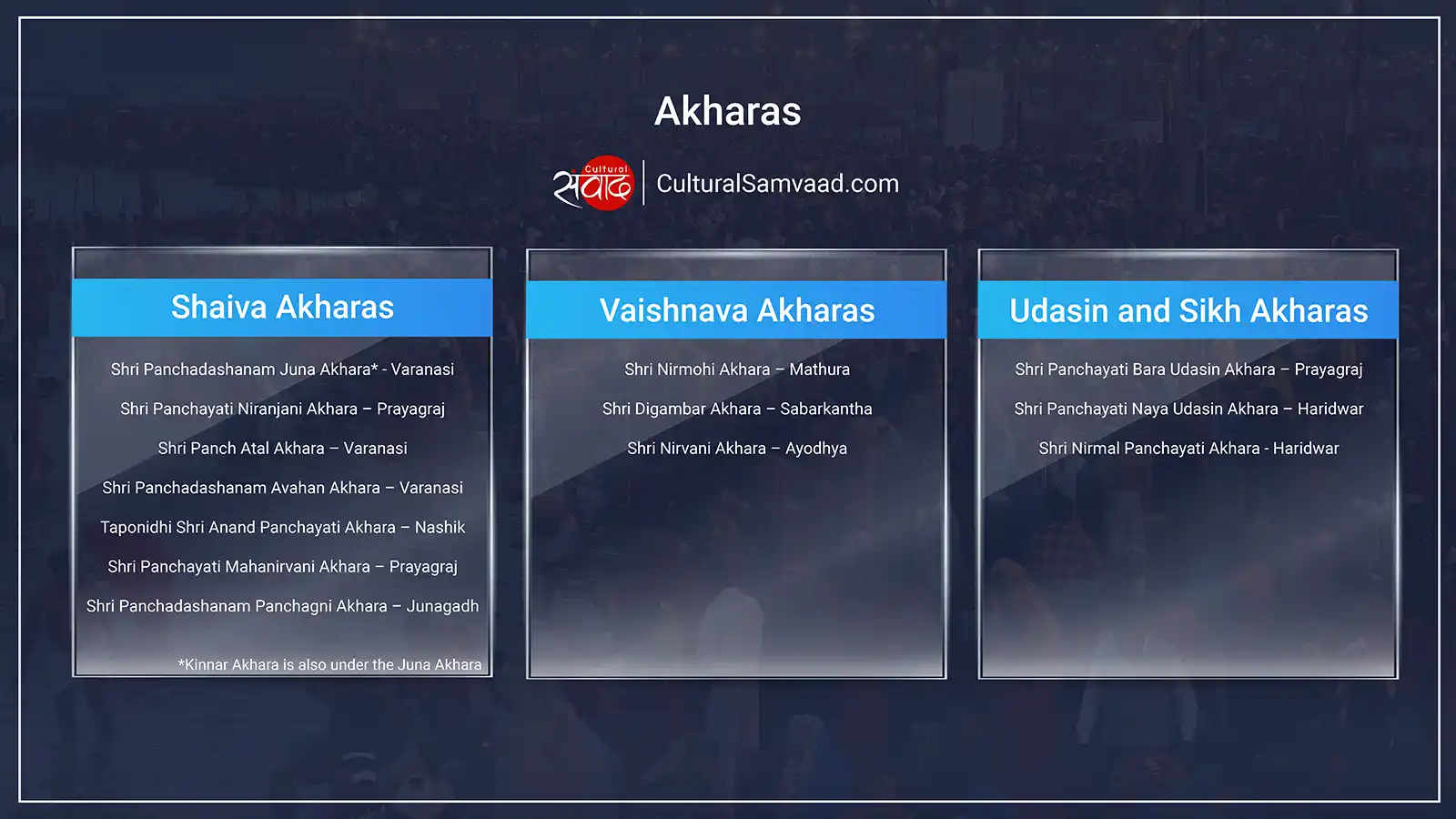
What are the rituals associated with Kumbh Melas?
Snana or ritual bathing, daana or giving and tapa or austerities are synonymous with Kumbha Melas in specific and with pilgrimages in general. Shahi snanas (शाही स्नान) on auspicious days have untold ritual significance especially for the akharas. Daana is the cornerstone of sanatan sanskriti (सनातन संस्कृति) and the mere act of giving makes us one with the universe. No pilgrimage is complete without austerities that purify the atma and the body and look beyond the ordinary. The puranic tradition lays down the elements of tapa and one of the most important forms is the Kalpavasa (कल्पवास). The Kalpavasis (कल्पवसी) live on the banks of the holy waters and observe rigorous austerities including abstinence from sensual pleasure for extended periods of time, mostly a month.
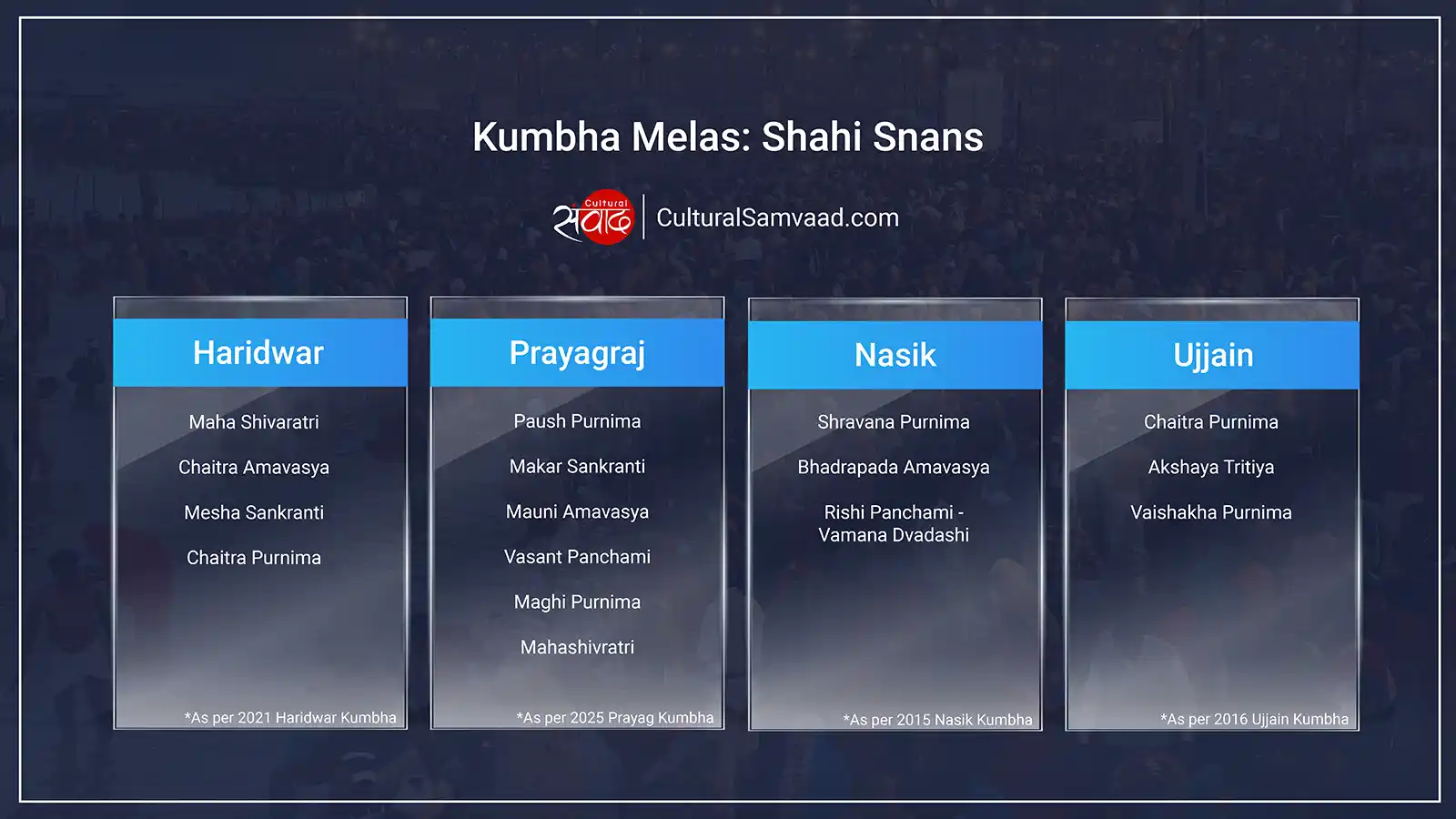
What is the significance of Kumbh Melas?
No other festival celebrates the flow of water and life and breaks down all boundaries like the Kumbha melas do. They are India’s national festivals which celebrate our essential unity with nature, our fellow citizens and all of humanity. They are our link to the past and the future and their temporality is a stark reminder of the unchangeable temporality of life itself. Taking a dip in the holy waters is not merely a physical act. It is infinitely symbolic and exhorts us to look for the immortal atma or amrit tattva within our body which itself is a kumbha (the human body is akin to a pot in the Hindu tradition) and cleanse it with karma and tapa.
अहिंसा सत्यमस्तेयं शौचमिन्द्रियनिग्रह:।
दानं दमो दया शान्ति: सर्वेषां धर्मसाधनम्।। – याज्ञवल्क्य स्मृति १.१२२ | Yagnavalkya Smriti 1.112
Non-violence, truth, non-stealing (asteya), cleanliness, control of senses, charity, restraint (dama), kindness and peace – these are the nine characteristics of Dharma.
And before we go, a word about these waters. Since times immemorial Hindus have believed that Water is Life. If the holiness of our waters is breached, life cannot be sustained. It is incumbent upon the devout to embark on teertha yatras while being cognisant of the footprints of their yatras on the elements that sustain them.
अप्स्वन्तरमृतमप्सु भेषजम् । – Rigveda 1.23.19
There is nectar in water; there is medicine in water.
Set out on the teertha yatra if you can and will but be mindful of the path and the goal.
ॐ शान्ति: शान्ति: शान्ति: ||
Notes:
- Kumbha and kumbh (कुम्भ) are used interchangeably in the article since both are commonly accepted spellings. The word kumbh means a pot.
- We have drawn heavily on the work of reputed scholars and a list of references is given at the end. To get a detailed understanding of the history of the Kumbha Melas, please refer to Dr. D. P. Dubey’s works especially – Dubey, D. P. “Kumbha Mela: Origin and Historicity of India’s Greatest Pilgrimage Fair”, in D. P. Dubey edited Kumbha Mela : Pilgrimage to the Greatest Cosmic Fair, Society of Pilgrimage Studies, Allahabad, 2001.
Select References:
- महाकुम्भ-पर्व. Gita Press, Gorakhpur
- Dubey, D.P. (Editor). Kumbha Mela: Origin and Historicity of India’s Greatest Pilgrimage Fair. Society of Pilgrimage Studies, Allahabad, 2001.
- Maclean, Kama. Pilgrimage and Power: the Kumbh Mela in Allahabad, 1765-1954. New York: Oxford University Press, 2008.
- Dwivedi, Kapildev. कुम्भपर्व – माहात्म्य. Vishvavidyalala Anusandhan Parishad, Varanasi. 1986.
- Maha Kumbh Mela 2025


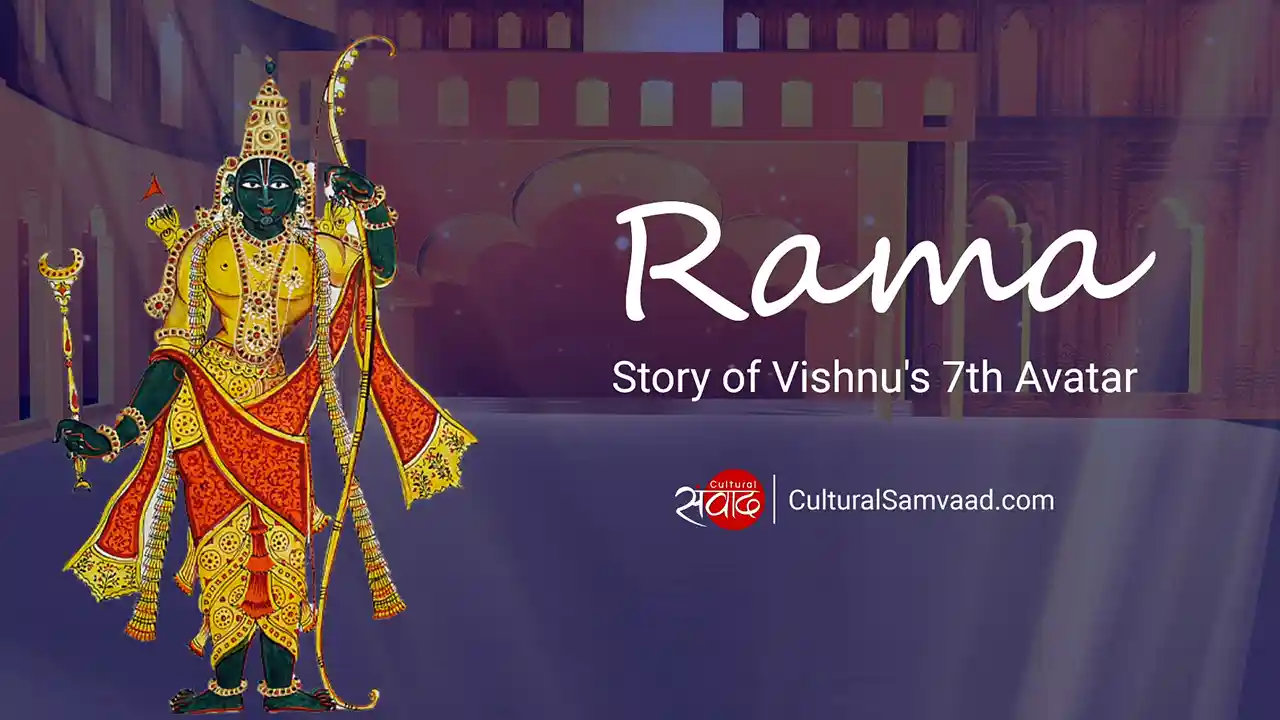
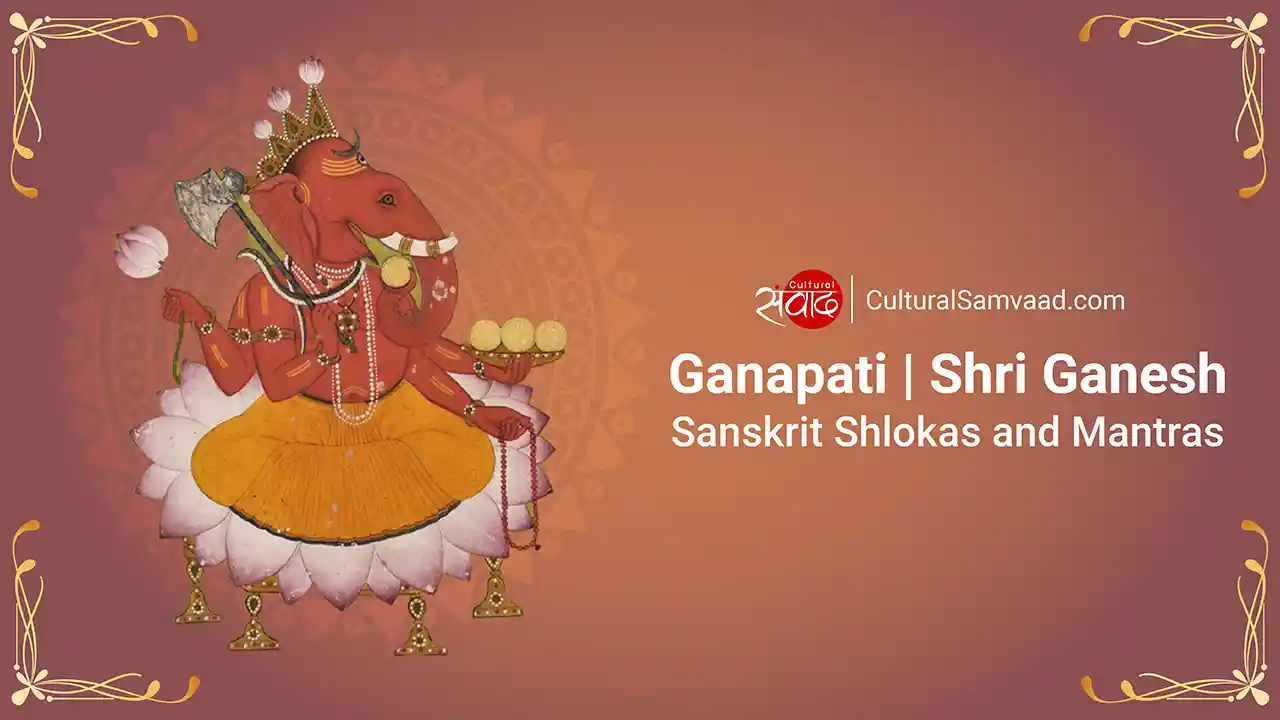
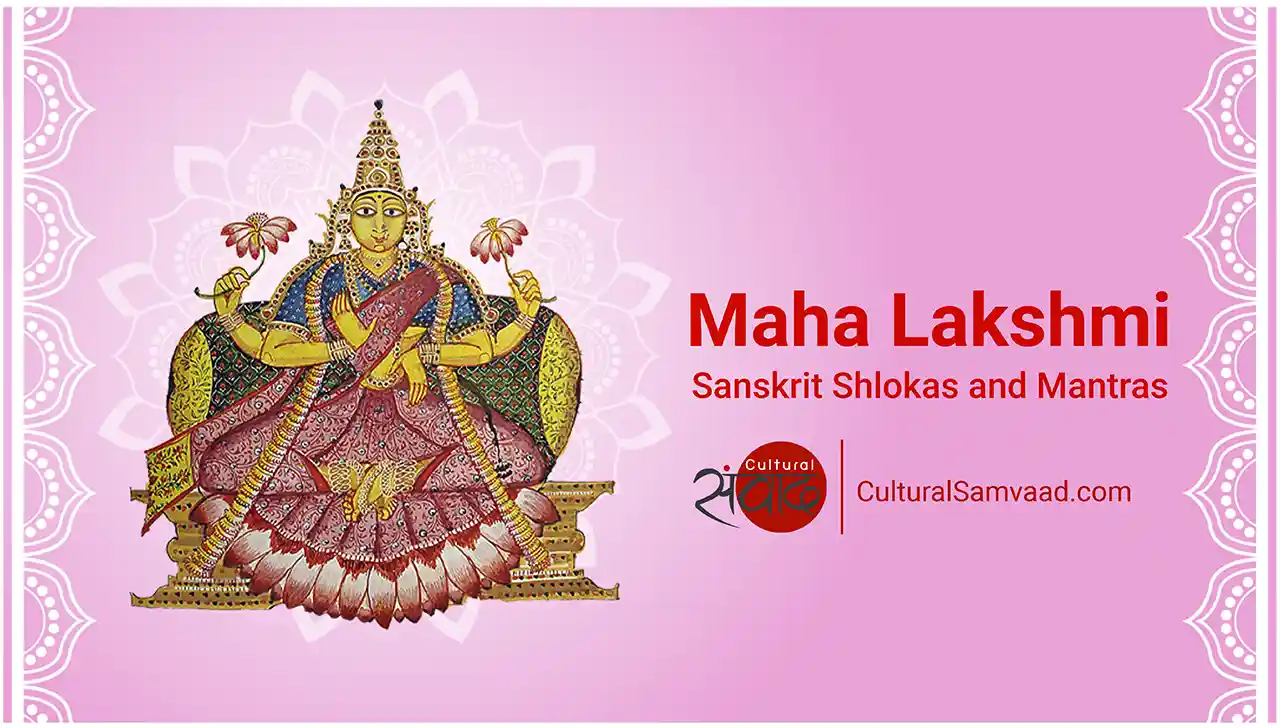
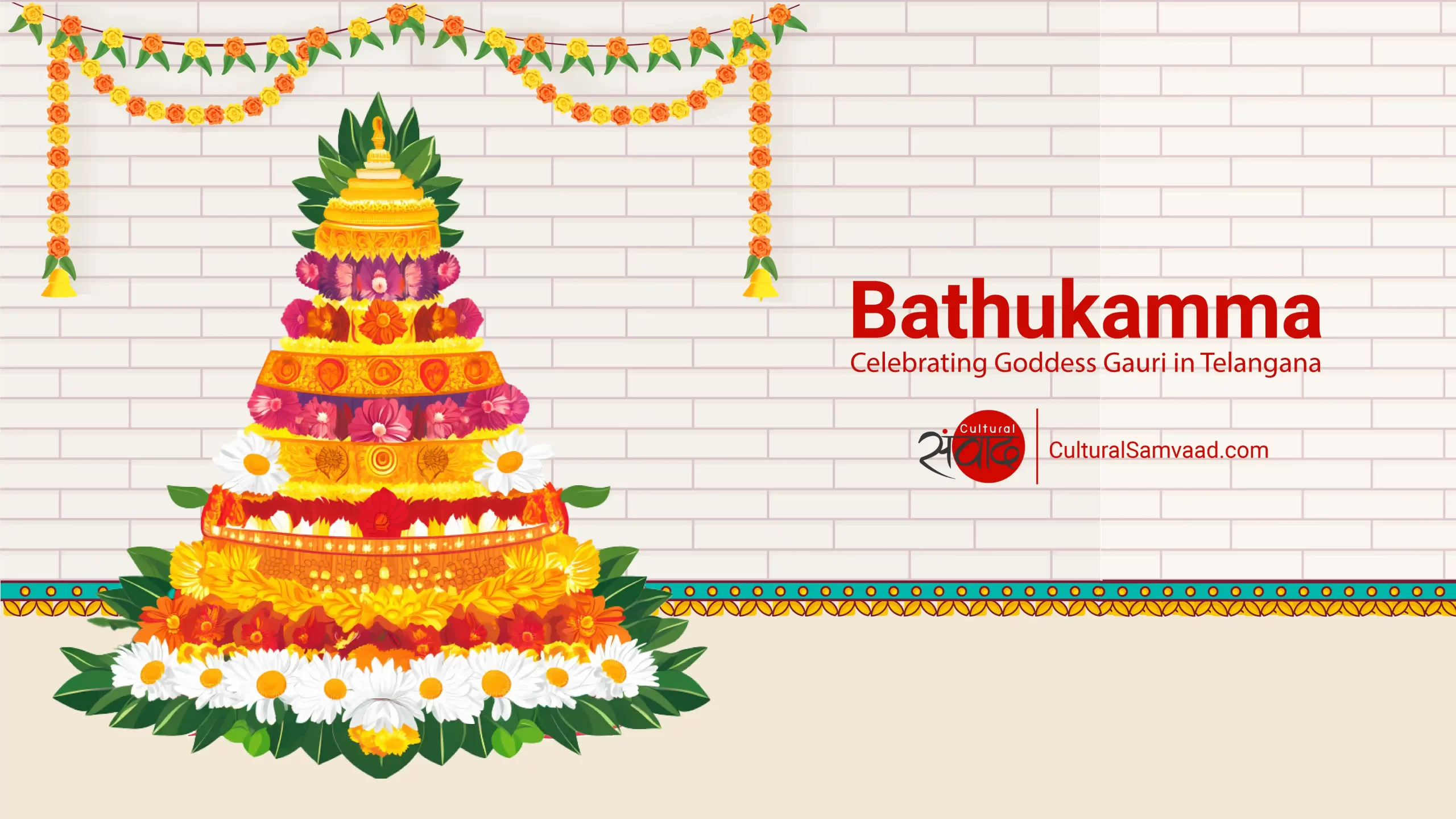
Add comment